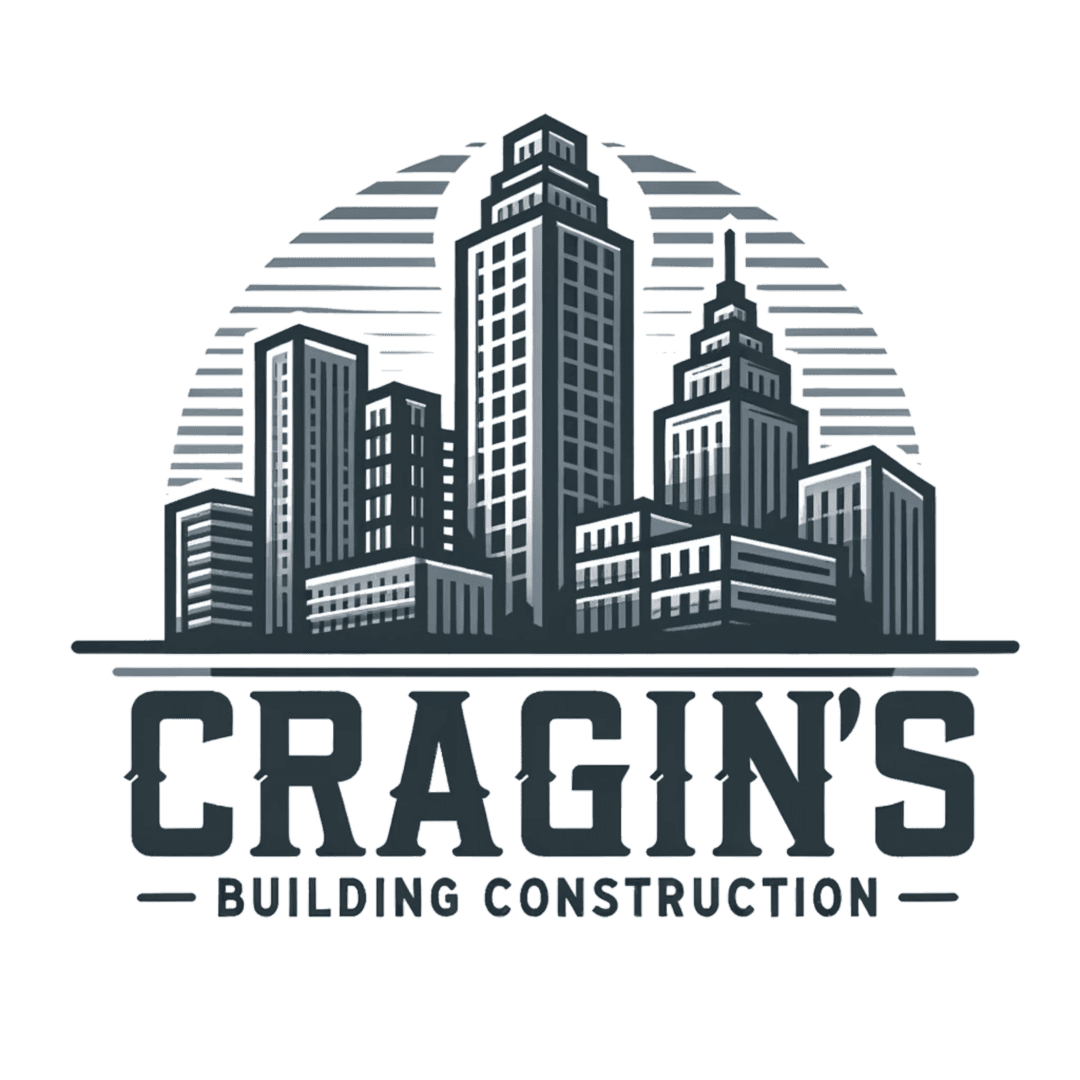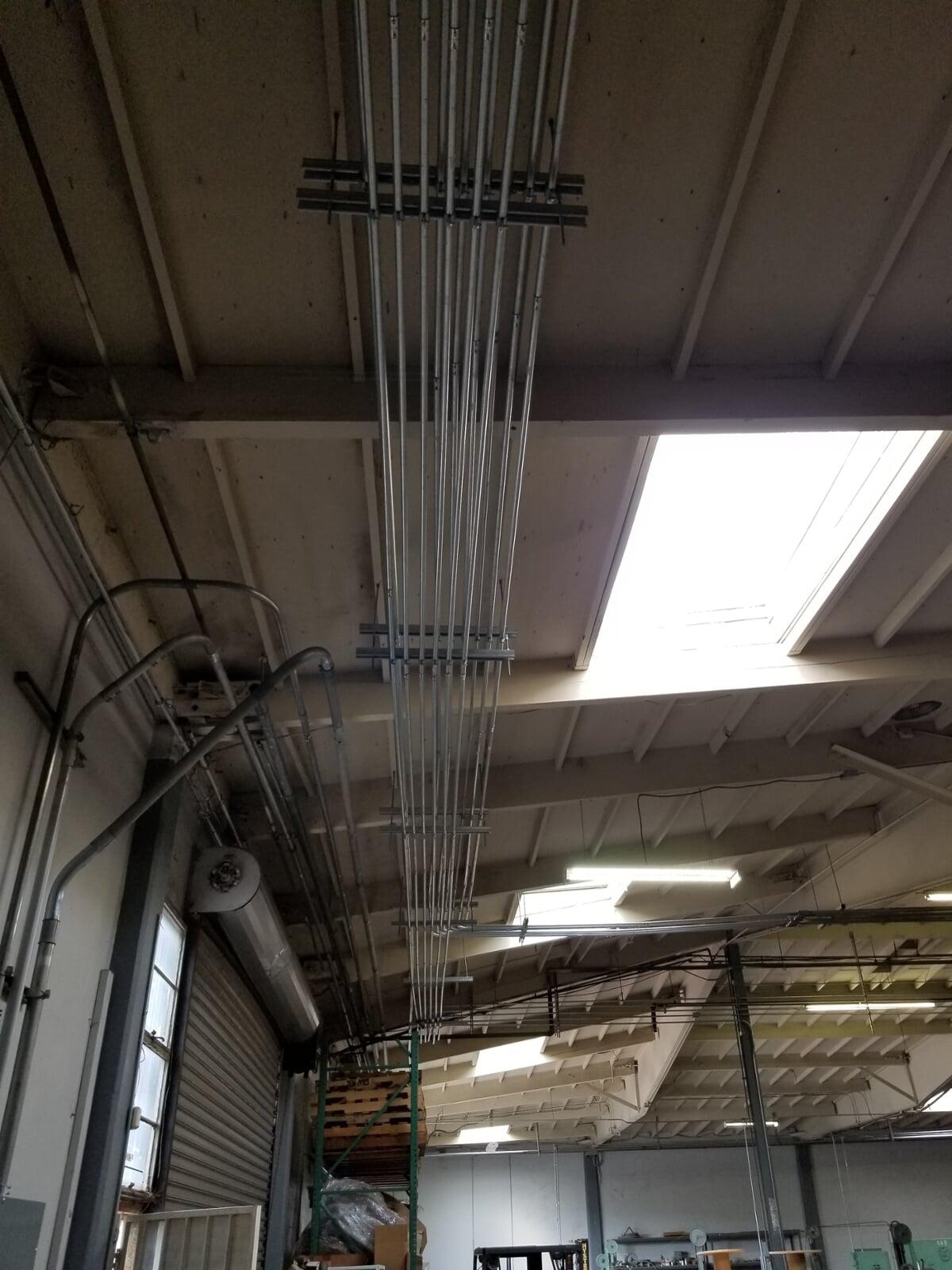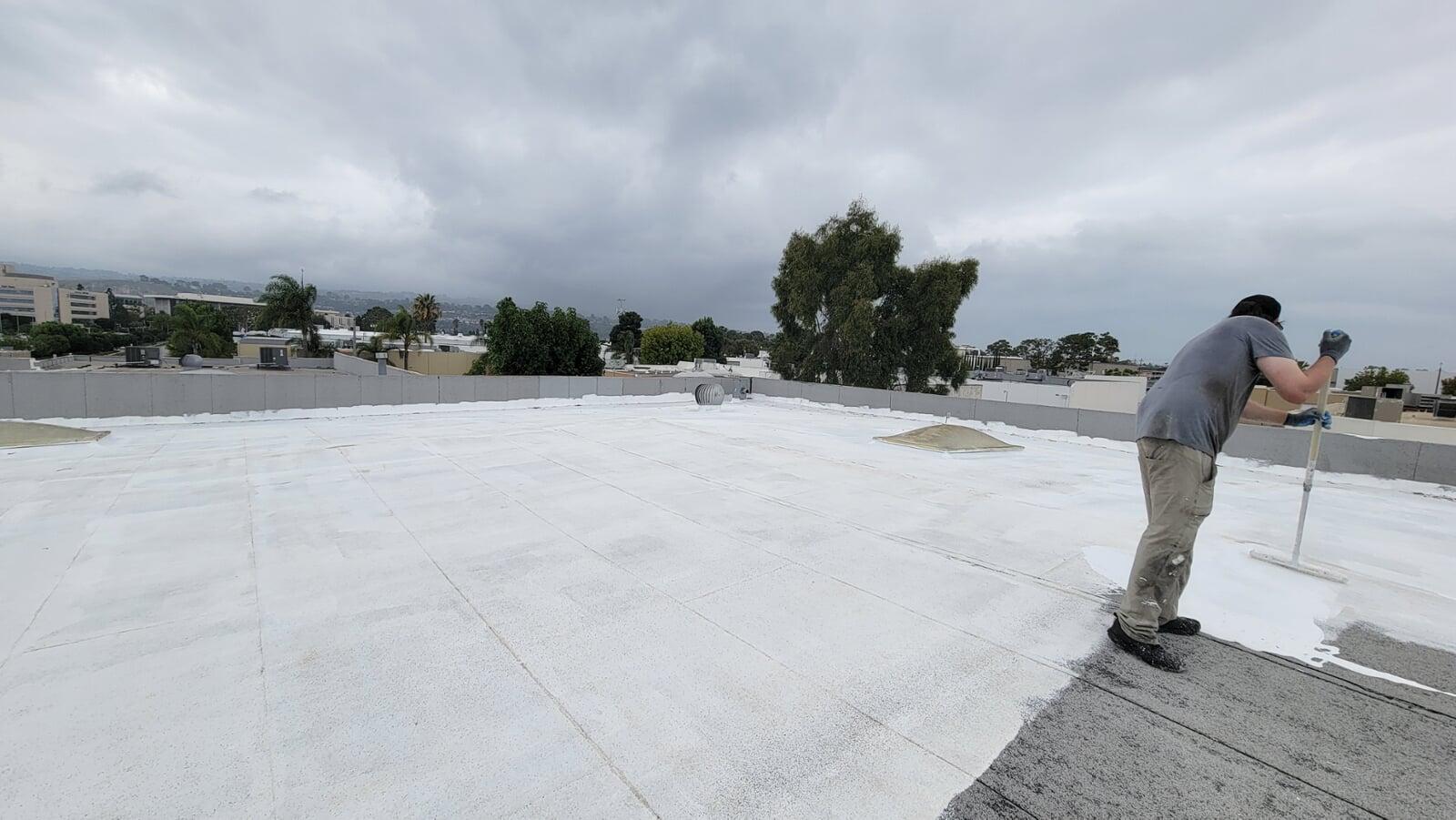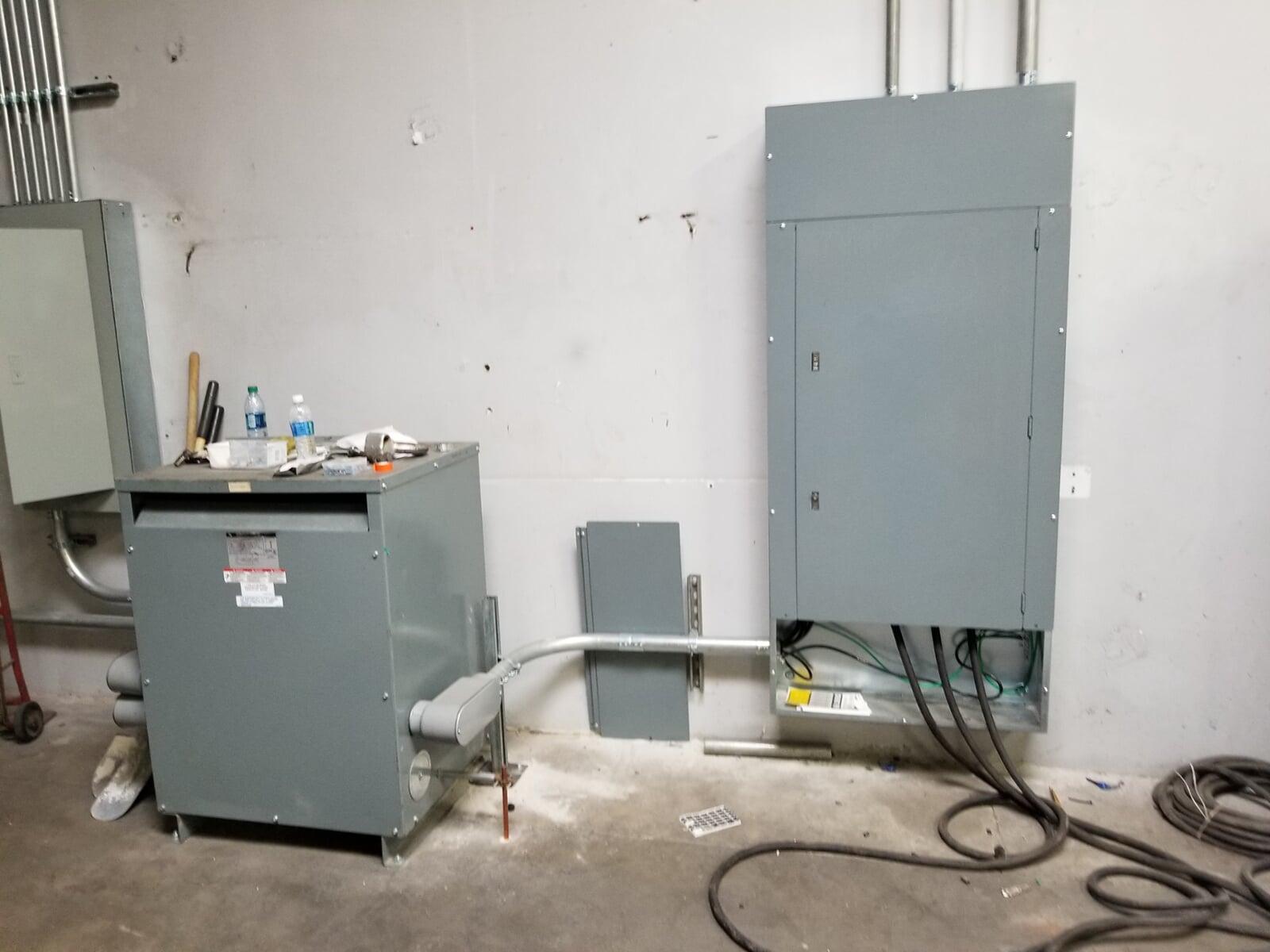Key Areas and Best Practices for Maintaining Commercial Spaces
Introduction
Maintaining a commercial building is crucial for ensuring the longevity, safety, and efficiency of the property. Effective maintenance practices not only protect the value of the investment but also ensure a safe and comfortable environment for occupants. This guide will provide essential tips, best practices, and insights into the importance of regular maintenance for commercial buildings.
Maintaining a commercial building is crucial for ensuring the longevity, safety, and efficiency of the property. Effective maintenance practices not only protect the value of the investment but also ensure a safe and comfortable environment for occupants. This guide will provide essential tips, best practices, and insights into the importance of regular maintenance for commercial buildings.
1. Understanding Commercial Building Maintenance
Definition and Scope
Commercial building maintenance encompasses a wide range of activities aimed at keeping the building and its systems in optimal condition. It includes routine inspections, repairs, upgrades, and preventive measures to avoid major issues.
Types of Maintenance
- Preventive Maintenance: Scheduled activities designed to prevent breakdowns and prolong the life of equipment.
- Predictive Maintenance: Uses data and analytics to predict when maintenance should be performed based on the condition of equipment.
- Reactive Maintenance: Repairs that are carried out after a problem has occurred.
Definition and Scope
Commercial building maintenance encompasses a wide range of activities aimed at keeping the building and its systems in optimal condition. It includes routine inspections, repairs, upgrades, and preventive measures to avoid major issues.
Types of Maintenance
- Preventive Maintenance: Scheduled activities designed to prevent breakdowns and prolong the life of equipment.
- Predictive Maintenance: Uses data and analytics to predict when maintenance should be performed based on the condition of equipment.
- Reactive Maintenance: Repairs that are carried out after a problem has occurred.
2. The Importance of Regular Maintenance
Benefits
Regular maintenance offers numerous benefits, including:
- Longevity: Extends the lifespan of building components and systems.
- Cost Savings: Prevents costly repairs and replacements by addressing issues early.
- Safety: Ensures the safety of occupants by maintaining critical systems like fire alarms and emergency exits.
- Compliance: Helps meet legal and regulatory requirements, avoiding fines and penalties.
Impact on Property Value
A well-maintained building retains its value better and can attract higher rents and resale prices.
Benefits
Regular maintenance offers numerous benefits, including:
- Longevity: Extends the lifespan of building components and systems.
- Cost Savings: Prevents costly repairs and replacements by addressing issues early.
- Safety: Ensures the safety of occupants by maintaining critical systems like fire alarms and emergency exits.
- Compliance: Helps meet legal and regulatory requirements, avoiding fines and penalties.
Impact on Property Value
A well-maintained building retains its value better and can attract higher rents and resale prices.
3. Key Areas of Maintenance
HVAC Systems
Regular inspection and cleaning of HVAC systems are essential for efficient operation and indoor air quality.
Electrical Systems
Routine checks and maintenance of electrical systems help prevent outages and fire hazards.
Plumbing Systems
Regular maintenance of plumbing prevents leaks, water damage, and ensures efficient water usage.
Roof and Exterior
Inspecting and maintaining the roof and exterior prevents leaks and structural damage.
Interior Spaces
Regular upkeep of interior spaces, including flooring, walls, and ceilings, maintains a professional appearance and prevents deterioration.
Safety Systems
Maintaining fire alarms, sprinklers, and emergency exits is crucial for occupant safety.
HVAC Systems
Regular inspection and cleaning of HVAC systems are essential for efficient operation and indoor air quality.
Electrical Systems
Routine checks and maintenance of electrical systems help prevent outages and fire hazards.
Plumbing Systems
Regular maintenance of plumbing prevents leaks, water damage, and ensures efficient water usage.
Roof and Exterior
Inspecting and maintaining the roof and exterior prevents leaks and structural damage.
Interior Spaces
Regular upkeep of interior spaces, including flooring, walls, and ceilings, maintains a professional appearance and prevents deterioration.
Safety Systems
Maintaining fire alarms, sprinklers, and emergency exits is crucial for occupant safety.
4. Creating a Maintenance Plan
Assessment and Inspection
Conduct a thorough assessment of the building to identify maintenance needs.
Scheduling Regular Checks
Develop a schedule for regular inspections and maintenance tasks.
Documentation and Record-Keeping
Keep detailed records of all maintenance activities to track history and plan future needs.
Budgeting for Maintenance
Allocate a budget for regular maintenance to ensure funds are available for necessary repairs and upkeep.
Assessment and Inspection
Conduct a thorough assessment of the building to identify maintenance needs.
Scheduling Regular Checks
Develop a schedule for regular inspections and maintenance tasks.
Documentation and Record-Keeping
Keep detailed records of all maintenance activities to track history and plan future needs.
Budgeting for Maintenance
Allocate a budget for regular maintenance to ensure funds are available for necessary repairs and upkeep.
5. Hiring Maintenance Professionals
Criteria for Selection
Choose maintenance professionals based on experience, qualifications, and references.
Advantages of Professional Services
Professional services provide expertise, reliability, and efficiency, ensuring high-quality maintenance.
Training and Certifications to Look For
Ensure maintenance staff have relevant training and certifications for the tasks they perform.
Criteria for Selection
Choose maintenance professionals based on experience, qualifications, and references.
Advantages of Professional Services
Professional services provide expertise, reliability, and efficiency, ensuring high-quality maintenance.
Training and Certifications to Look For
Ensure maintenance staff have relevant training and certifications for the tasks they perform.
6. Sustainable Maintenance Practices
Energy Efficiency
Implement energy-efficient practices, such as regular HVAC maintenance, to reduce energy consumption.
Water Conservation
Use water-saving fixtures and regularly check for leaks to conserve water.
Use of Eco-Friendly Materials
Opt for environmentally friendly materials in repairs and upgrades to reduce the building's environmental footprint.
Energy Efficiency
Implement energy-efficient practices, such as regular HVAC maintenance, to reduce energy consumption.
Water Conservation
Use water-saving fixtures and regularly check for leaks to conserve water.
Use of Eco-Friendly Materials
Opt for environmentally friendly materials in repairs and upgrades to reduce the building's environmental footprint.
7. Technological Advancements in Maintenance
Smart Building Technologies
Incorporate smart technologies to monitor and manage building systems more effectively.
Building Management Systems (BMS)
Use BMS for centralized control and monitoring of building operations, improving efficiency.
Predictive Maintenance Tools
Leverage predictive maintenance tools to anticipate and address issues before they become major problems.
Smart Building Technologies
Incorporate smart technologies to monitor and manage building systems more effectively.
Building Management Systems (BMS)
Use BMS for centralized control and monitoring of building operations, improving efficiency.
Predictive Maintenance Tools
Leverage predictive maintenance tools to anticipate and address issues before they become major problems.
8. Common Challenges and Solutions
Budget Constraints
Plan and prioritize maintenance tasks to make the best use of available funds.
Scheduling Conflicts
Coordinate with occupants to schedule maintenance at times that minimize disruption.
Unforeseen Issues
Be prepared for unexpected problems by having contingency plans and emergency funds in place.
Budget Constraints
Plan and prioritize maintenance tasks to make the best use of available funds.
Scheduling Conflicts
Coordinate with occupants to schedule maintenance at times that minimize disruption.
Unforeseen Issues
Be prepared for unexpected problems by having contingency plans and emergency funds in place.
Conclusion
Regular maintenance is vital for the longevity, safety, and efficiency of commercial buildings. By following best practices and staying proactive, building owners and managers can protect their investment and provide a safe and comfortable environment for occupants.
Regular maintenance is vital for the longevity, safety, and efficiency of commercial buildings. By following best practices and staying proactive, building owners and managers can protect their investment and provide a safe and comfortable environment for occupants.
FAQs
What is the difference between preventive and predictive maintenance? Preventive maintenance is scheduled regularly to prevent breakdowns, while predictive maintenance uses data to predict and address potential issues.
How often should HVAC systems be inspected? HVAC systems should be inspected at least twice a year, typically in the spring and fall.
What are the signs that a building needs immediate maintenance? Signs include unusual noises, leaks, electrical issues, and visible damage to structures.
Can maintenance improve energy efficiency in commercial buildings? Yes, regular maintenance ensures systems run efficiently, reducing energy consumption and costs.
What should be included in a maintenance plan? A maintenance plan should include a schedule of inspections, tasks, budget, and detailed records of all activities.
Estimate your savings!
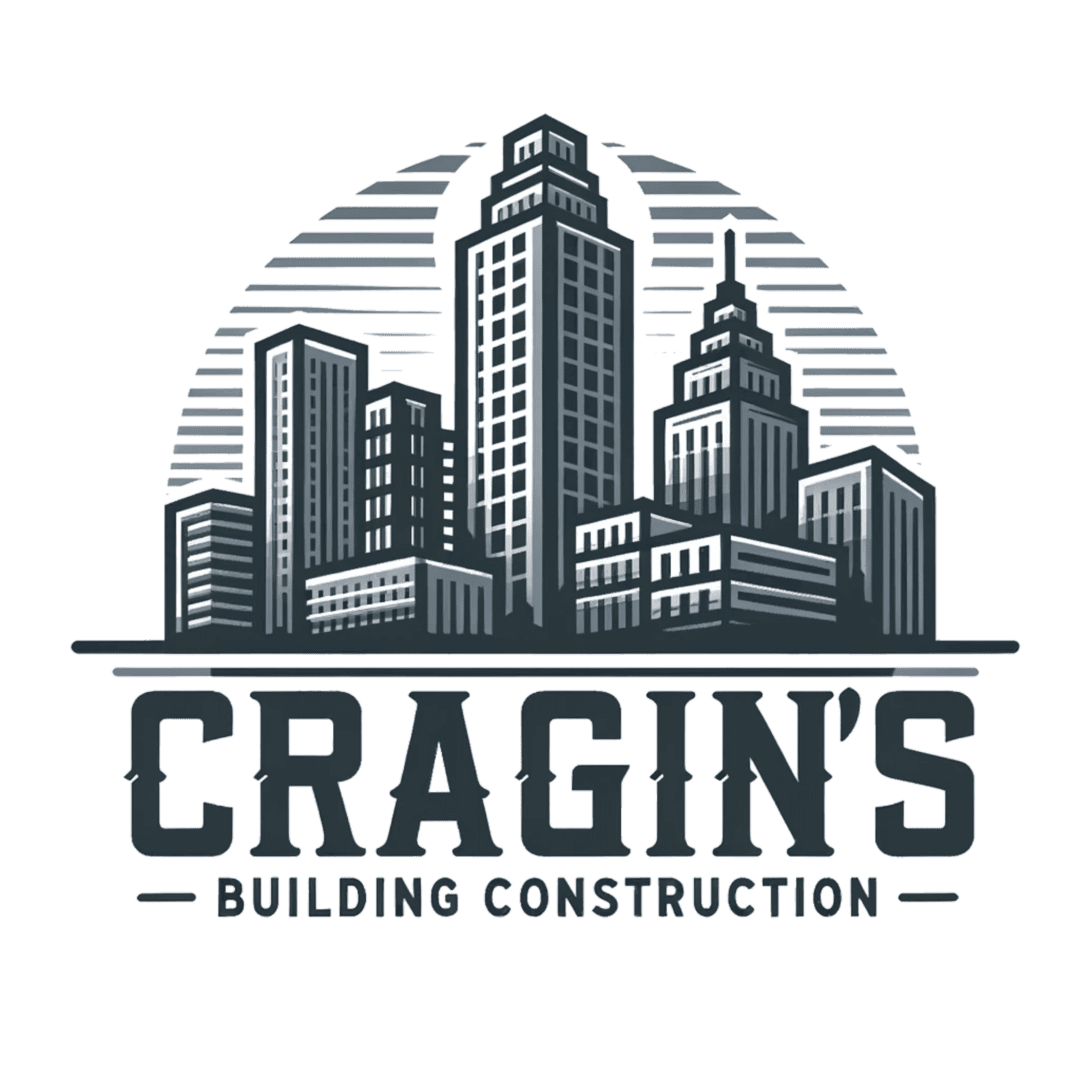
Maintenance with Cragin's Building Construction
An (AMP) annual Maintenance Plan with Cragin's Building Construction ensures your commercial property stays in top condition year-round. Our plan includes routine inspections, preventive maintenance, and timely repairs, addressing issues before they become costly problems. Our experienced team uses advanced tools to keep your building safe and compliant.
Regular maintenance with us helps prevent unexpected breakdowns, extends the lifespan of your infrastructure, and enhances energy efficiency, reducing operational costs. We tailor our services to the unique needs of commercial buildings in Southern California, allowing you to focus on running your business smoothly. Let Cragin's Building Construction handle your maintenance needs with expertise and reliability.
Why Cragin's Annual Maintenance Plan is Cost-Effective
Lower Overhead Costs: Our annual maintenance plan is more affordable because, as a small business, we have lower overhead costs compared to larger companies. These savings are passed directly to you.
Direct Involvement: With our maintenance plan, I personally oversee and perform the work, ensuring high-quality results without the added costs of middle management or subcontractors.
Competitive Pricing: I am motivated and eager to earn your business, which drives me to offer more competitive pricing than larger, more established firms.
Customer Focused: Our maintenance plan provides personalized attention and tailored solutions, ensuring you get exactly what you need without paying for unnecessary extras.
No Hidden Fees: Transparency is key in our business. With our maintenance plan, you won’t find hidden fees or surprise charges in our quotes, ensuring you know exactly what you’re paying for.
Customer Loyalty: Building strong relationships with our clients is important to us. Our maintenance plan often includes discounts and special offers for repeat customers.
Emergency Response: Our plan includes priority emergency response, ensuring any urgent issues are addressed quickly and efficiently to minimize disruption and cost.
From the floor to the Roof Cragin's does it all!

